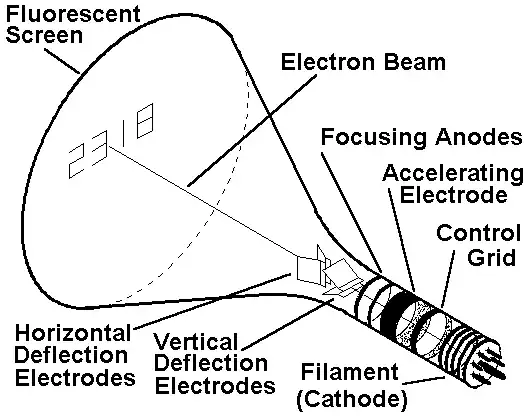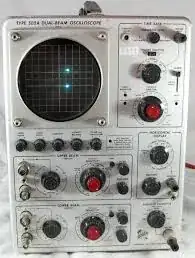I was looking at information on early computers and noticed some had what appear to be circular CRT displays, such as in the following images.

Gerald J Sussman at PDP-6 and 340 Display from MIT Csail

People using PDP-6 from University of Western Australia Computer History Gallery
Was there any reason these displays were circular? Wouldn't a rectangular display be easier to draw to?
Early system that had circular displays like this included the PDP-1, PDP-6, and CDC Cyber 72. In particular, the one used in the PDP-1 and PDP-6 seems to be called a DEC 340, but I can't find any info on it.
While searching for information on these circular displays, I also came across some info that stated early radar displays were adapted from oscilloscopes and eventually developed into their more stereotypical circular shape. I also note that the Whirlwind 1 had a circular display. Could these be related to the origins of the circular displays on the systems I mentioned above?

